
Will artificial intelligence take away our jobs? If you watch Silicon Valley executives talk about today's cutting-edge AI technology every day, you might think the answer is yes, and it will happen soon.
However, recent research from the MIT Computer Science and Artificial Intelligence Laboratory (CSAIL) shows that visual AI still cannot completely replace humans, which gives us some comfort.
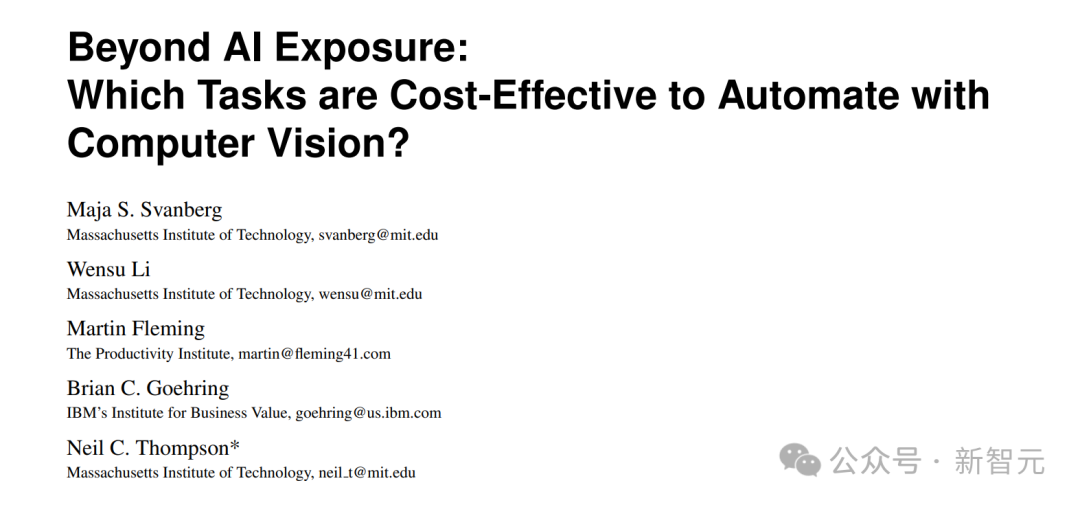
Paper address: https://futuretech-site.s3.us-east-2.amazonaws.com/2024-01-18 Beyond_AI_Exposure .pdf
Research shows that the pace of workforce automation may be much slower than we think.
Because - they are too expensive!
Researchers at MIT not only explored AI’s ability to perform tasks, but also Examined whether companies could replace humans in these tasks within the broader labor market and whether this would be economically beneficial.
Study found that while computer vision can already automate tasks that account for 1.6% of workers’ wages in the U.S. economy (excluding agriculture), only 23% of tasks that account for the entire economy’s wages 0.4%) are more cost-effective in terms of automation.
Moreover, the problem with visual AI is not only the small percentage, but more importantly, the cost is too high.
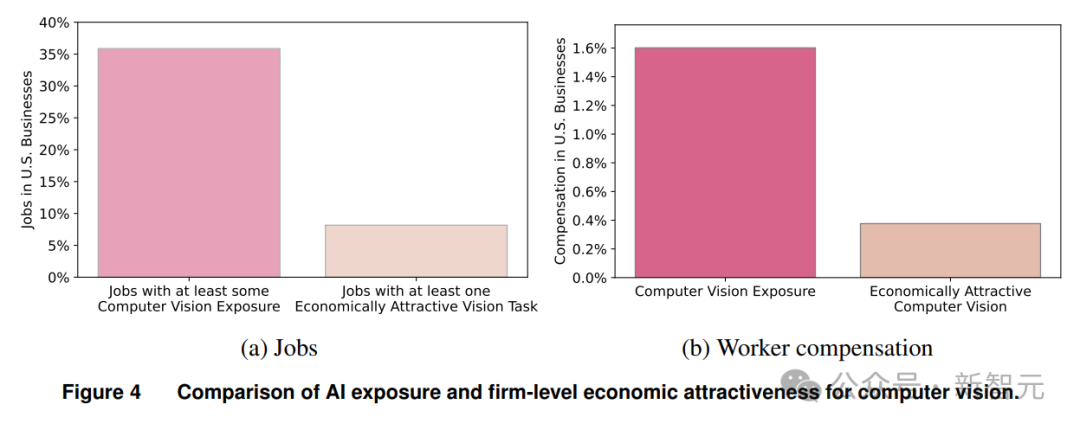
In the vast majority of cases, labor costs are cheaper than using automation.
Overall, the research results show that the scale of job losses caused by AI is huge, but this process is also gradual, so the government has room for restructuring policies and retraining to mitigate Effects of unemployment. ”
Scholars have studied tasks such as analyzing images of hospital diagnostic equipment, or checking whether a tray contains the correct items, which are visual tasks that can be achieved with today’s AI.

#But the authors point out that such tasks are often so scattered that automating them is simply not an economic consideration.
Although AI will bring some changes to the labor market, there is always time to adapt to it. They don't happen so fast that everything immediately goes into chaos.
Of course, this research only focuses on CV systems (systems that can identify and classify objects in images and videos), not more flexible systems such as GPT-4. Modal large language model.
OpenAI’s previous research shows that 19% of American workers feel affected by AI of the level GPT-4 in 50% of their work tasks.

This number is much higher than the MIT Research Institute's research on CV.
So, are MIT’s research results applicable to more general AI tools? It's still unknown.
MIT researchers have found that it can be prohibitively expensive for companies to "fine-tune" CV systems to make them suitable for specific specialized tasks.
Although such an investment may make sense for a large company, for a small company, it is not as cost-effective as a well-trained worker.
The key reason is that it does not mean that AI can complete a task, it is economically feasible.
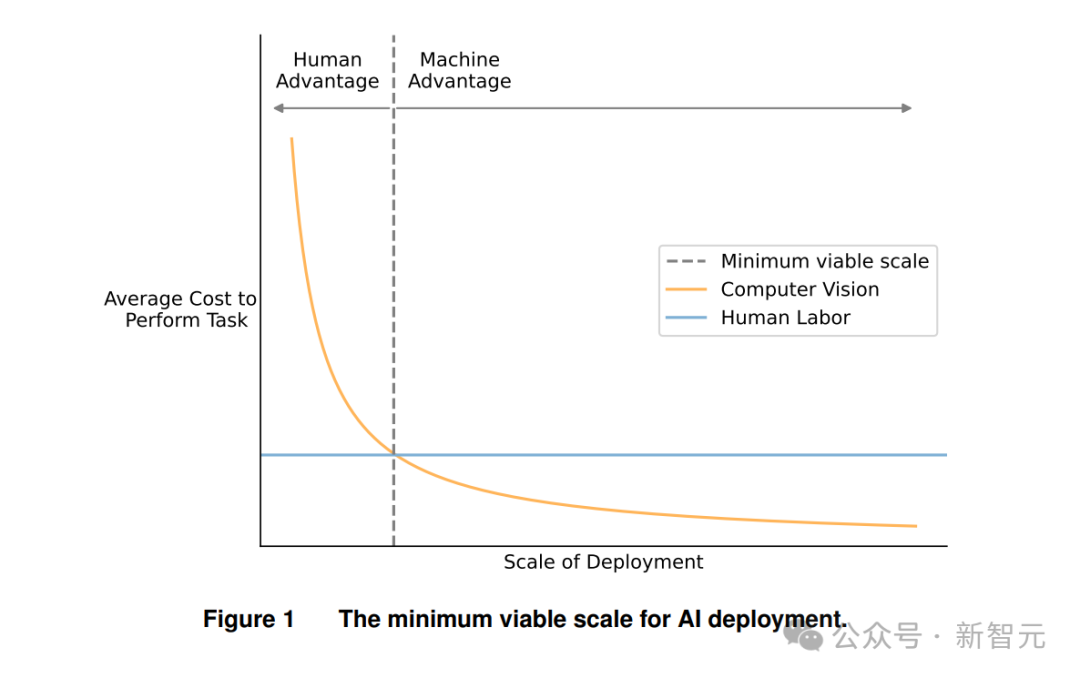
In order to "fine-tune" the computer vision model, such as distinguishing specific types of pill bottles to achieve 99.9% accuracy, we need to collect Labeling images of a large number of different drugs is an expensive and cumbersome process, even if workers with low wages can be hired to complete the work cheaply.
Because then, we have to pay the massive computational cost of fine-tuning the AI model on massive data storage.
Can GPT-4 replace humans? Maybe it will be faster
But it is not clear yet that large language models also fit this situation.
However, fine-tuning a cutting-edge LLM to perform a specific task may only require a detailed list of written rules, which will be much easier than fine-tuning a CV model.
A study by OpenAI last August found that GPT-4 could effectively perform content moderation tasks when fine-tuned using detailed policy documents and several examples of tokens.
These findings suggest that large language models can be applied to a wider range of socioeconomic tasks faster and cheaper than computer vision models.
Currently, the fine-tuning of GPT-4 remains in restricted test mode, as OpenAI does not want to encounter any major security challenges.
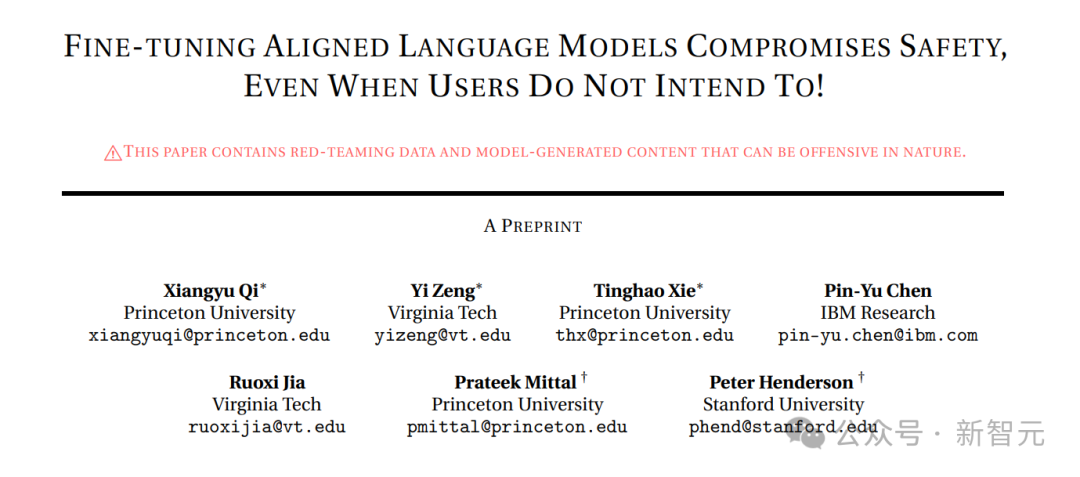 Paper address: https://llm-tuning-safety.github.io/
Paper address: https://llm-tuning-safety.github.io/
But with OpenAI and its Competitors are starting to allow customers to fine-tune models, and levels of automation may be achieved much faster than predicted in the MIT study.
In this regard, MIT researcher Thompson said -
"Of course, customizing LLM may be easier than customizing a computer vision system, so it will Greater adoption in economic practice.
#However, as long as the practice requires a small engineering team to integrate the system into the company's workflow, cost will still be a factor that cannot be ignored .”
It’s still far away from AI replacing us
For many companies, visual automation is not economically attractive. And this will continue for a long time.
MIT research points out that the cost of fine-tuning AI systems for specific tasks is too high, which is not cost-effective for small businesses.
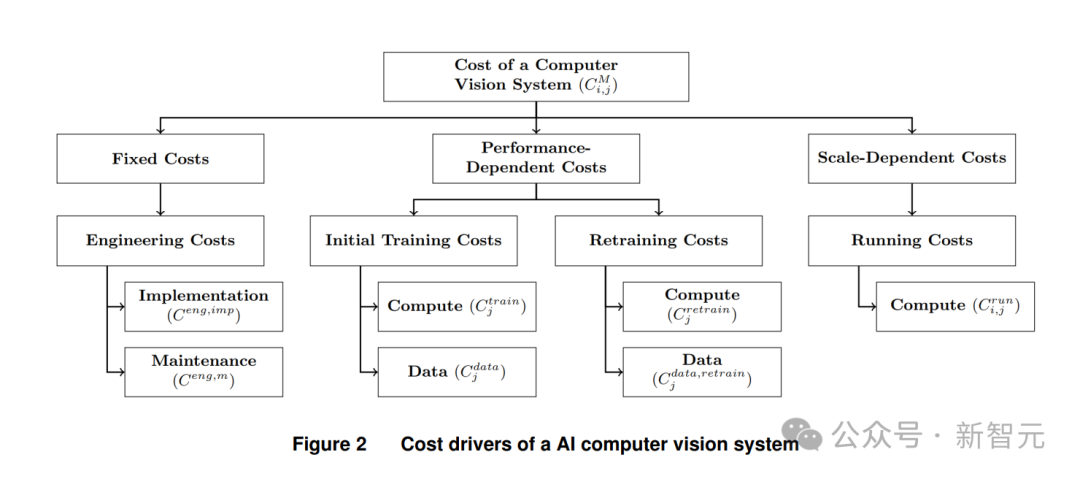
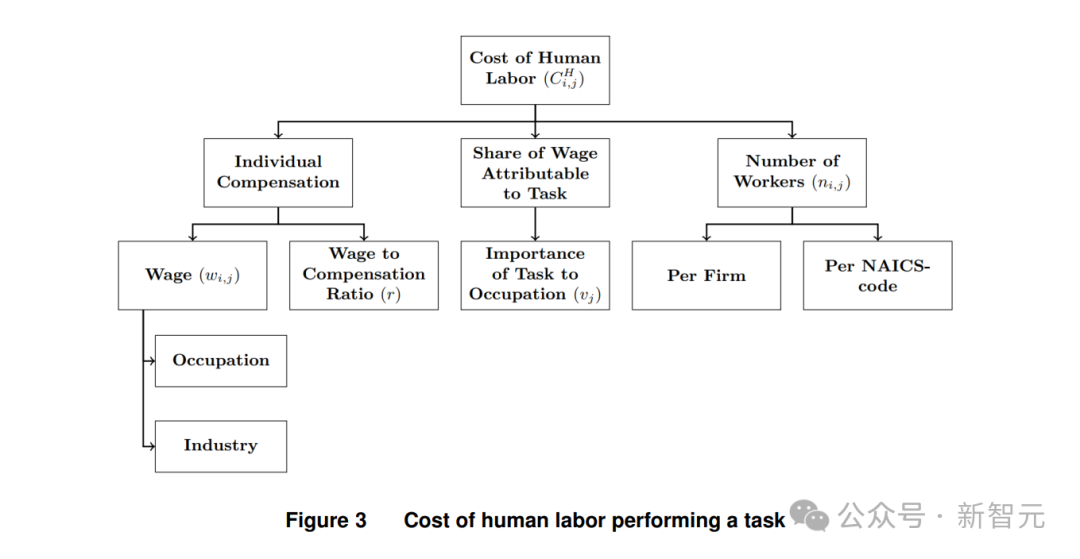
For example, in a bakery, although the AI system can be used for food quality control (The time used accounts for 6% of the bakery’s working hours), but the high investment and maintenance costs of the equipment directly exceed the savings it can save.
In an interview with Time magazine, lead author Neil Thompson emphasized that although AI has the potential to have a significant impact on the job market, this day is still far away.
Now, the transition to automation through AI is not imminent, so it will not cause any panic and confusion. Policymakers also have an opportunity to take measures such as retraining.
Therefore, this article points out a key issue: Although many AI technologies have made people feel a sense of crisis, only by significantly reducing the deployment cost of AI and greatly expanding the scope of AI applications can we Only in this way can automation be more attractive to enterprises.
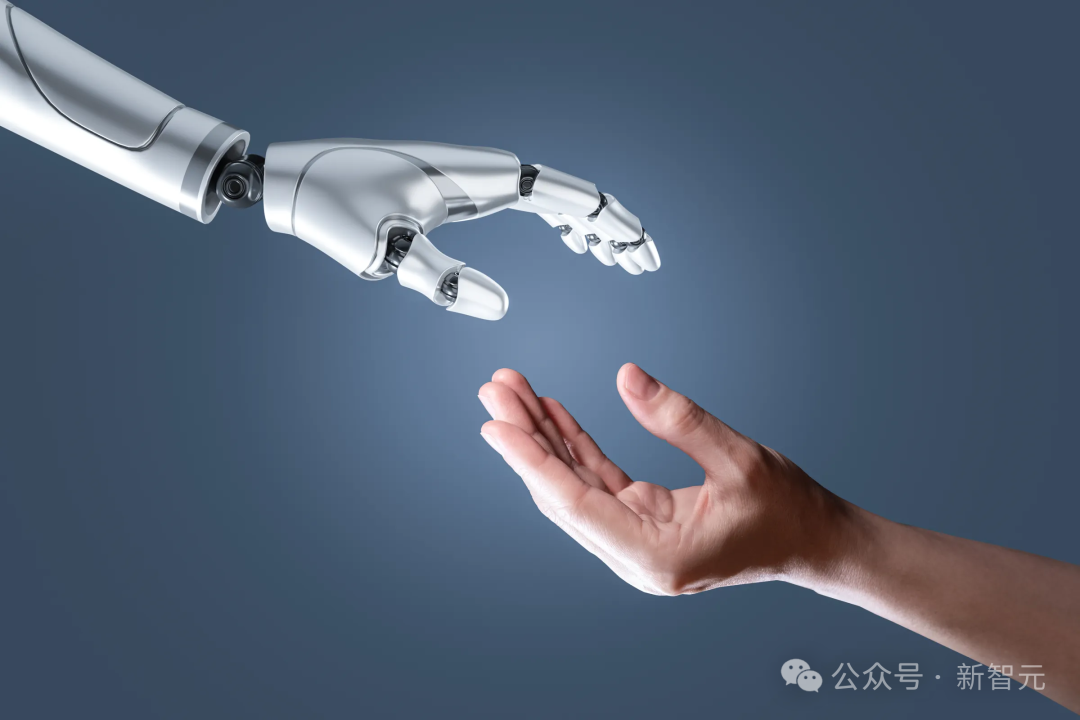
Antonin Bergeaud, associate professor of economics at HEC Paris, said that many scholars have now written articles like this to explore the impact of AI on the future labor market. , they use mostly publicly available metrics.
However, these estimates incorrectly rely on the assumption that if a job can be automated, it will be automated.
Bergeaud said that the research by these MIT scholars adopted a new perspective and carefully estimated the cost of implementing this technology, including the process from installation to maintenance.
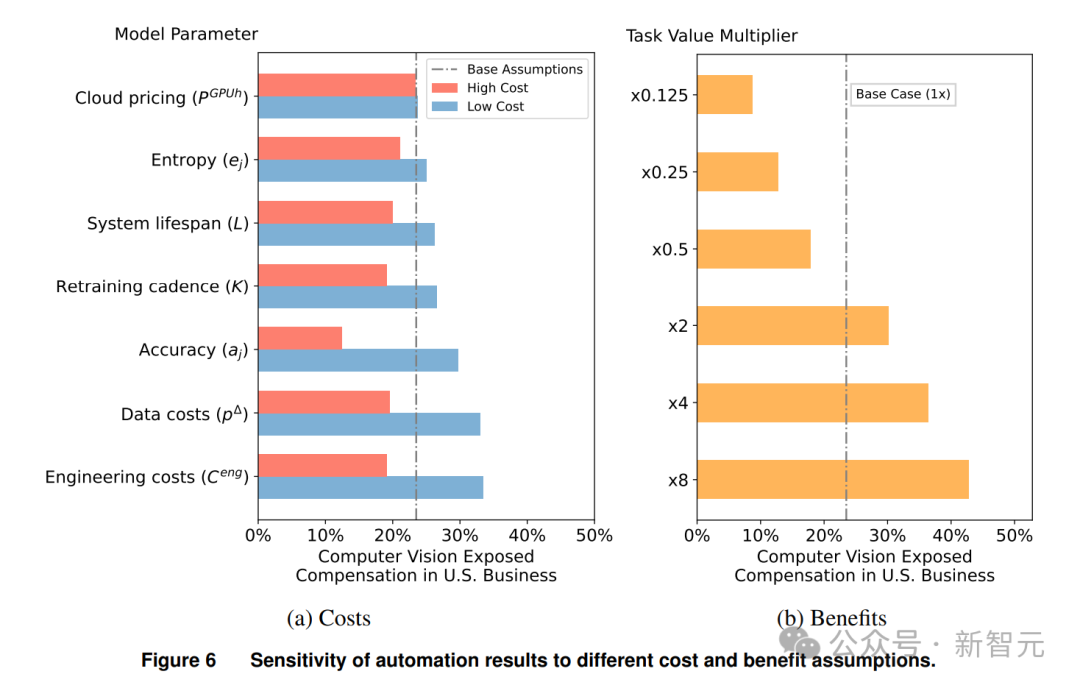
Compared with the current labor costs in the United States, even if an artificial intelligence system is only as good as a human being, it is often very difficult to adopt it. expensive.
Therefore, the conclusion drawn from this study is also surprising. The proportion of the labor market facing the risk of automation is much smaller than we imagined.
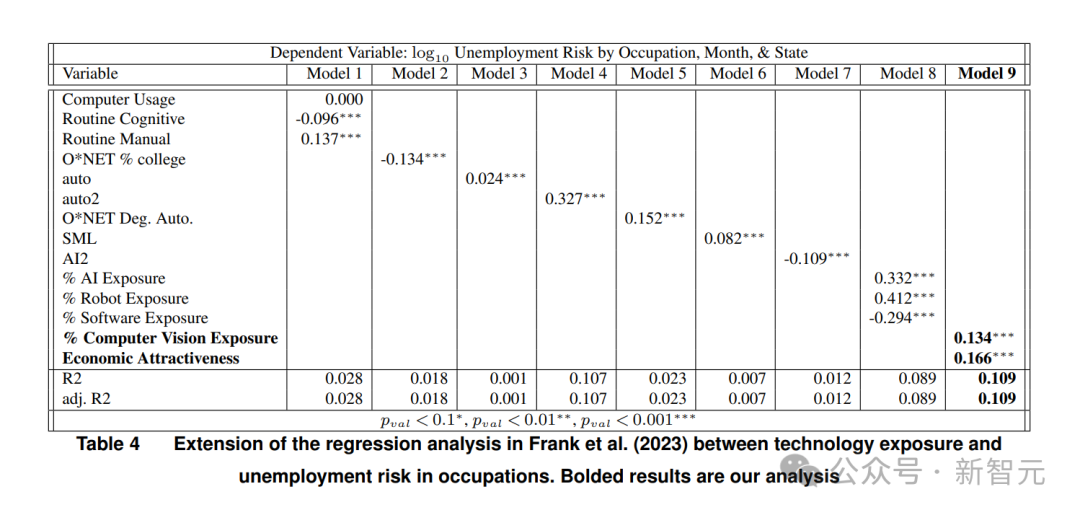
Of course, there is a reason why AI causes so many people’s unemployment anxiety.
DeepMind Lianchuang warns: Within a few years, AI will impact the labor market
DeepMind co-founder Mustafa Suleyman previously warned that in the long run It seems that artificial intelligence is a tool that "fundamentally replaces labor."

Suleyman said at the World Economic Forum annual meeting, “We must seriously think about how to integrate these tools (AI). If we completely let the market dominate, Fundamentally, these tools will replace labor."
Current artificial intelligence mainly does two things:
The first is to improve It improves the efficiency of existing businesses and saves companies a lot of costs, but at the cost of replacing humans doing related work; secondly, it creates new businesses and processes, which actually contains opportunities to create jobs.
In the next few years, these two forces will have a huge impact on the labor market and cause unpredictable effects.
For more than a decade, experts have debated whether artificial intelligence will replace human workers.
Carl Benedikt Frey and Michael Osborne estimated in a 2013 study that 47% of U.S. jobs could be automated by the mid-2030s in the artificial intelligence boom.
A July McKinsey study found that nearly 12 million Americans will need to change jobs by 2030 as artificial intelligence replaces their roles.
In fact, Suleyman is not the only one who has warned against this.
In a Wired article published on January 10, MIT professor Daron Acemoglu predicted that artificial intelligence will disappoint everyone by 2024, proving that it is just A kind of “universal automation” in which AI will take away workers’ jobs but fail to achieve the expected dramatic gains in productivity.

“Everything of value in our world is created by our intelligence, our ability to reason about and predict information. And AI can do exactly that."
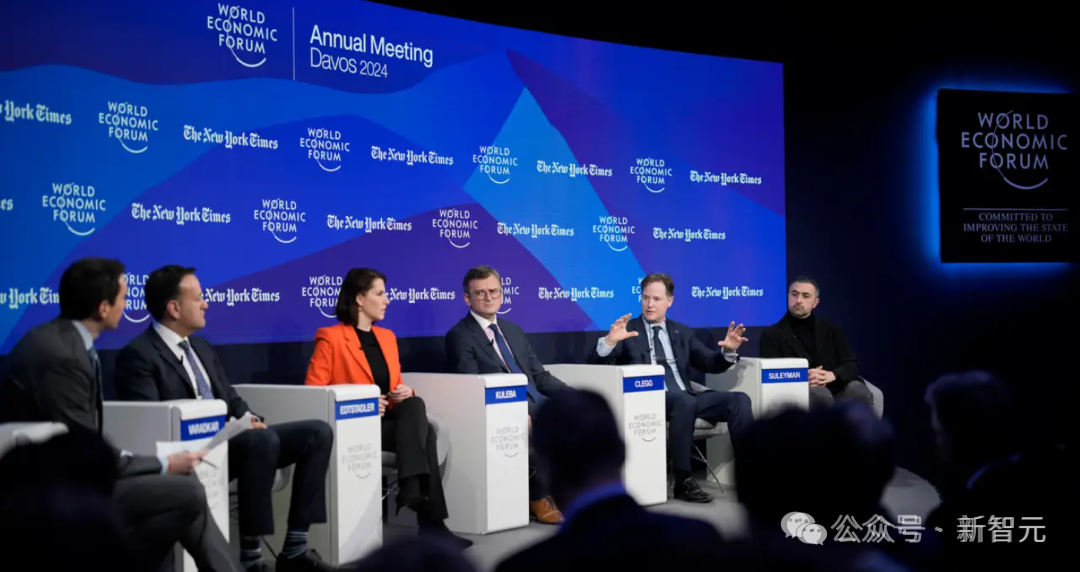
In a previous panel discussion on artificial intelligence at the World Economic Forum, Suleyman was asked when AI would be able to pass the Turing test and even demonstrate human-like capabilities (AGI).
Suleyman said that the modern version of the Turing Test should be to evaluate whether AI can have the ability to manufacture and market products like entrepreneurs, project managers and inventors.
"I'm pretty sure that in the next five years, AI will not only have these capabilities, but these capabilities will be widely available at a very cheap price, and may even be open source, and this It will completely change the economy."
IMF Chairman’s voice: 40% of global jobs are affected by AI, but it is also a huge opportunity
And facing The International Monetary Fund also stated in its latest report that due to the impact of AI, nearly 40% of global employment will be affected.

Among them, 60% of jobs in developed economies will be affected, and in emerging markets and countries, this number is about 40%. In low-income countries, this dropped to 26%.
Among the jobs affected by AI, half will be negatively affected, and some will even disappear completely.
For the other half of the jobs, AI will bring more improvements in efficiency, and the income levels of workers who can embrace AI as soon as possible will also increase accordingly.
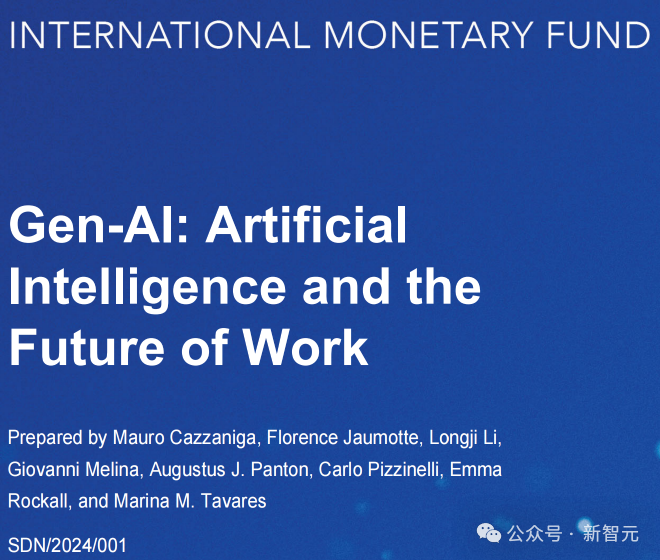
# Specifically, research shows that AI can help less experienced workers become more productive faster. Younger workers may find opportunities easier to take advantage of, while older workers may struggle to adapt.
If a similar situation develops further, it will soon polarize incomes: workers who can take full advantage of artificial intelligence will see increased productivity and wages, while those who cannot take advantage of artificial intelligence will see an increase in productivity and wages. For workers, productivity and income will drop significantly.
When this situation is mapped to the labor market, it will further intensify this differentiation: many jobs affected by AI technology will disappear, while the income of new jobs created by AI technology will Because of the scarcity of personnel, income will be relatively high.
This kind of macro judgment corresponds to developers and the AI industry. An obvious reality is that developers are becoming more and more worried about their career prospects.
Especially for developers who are new to the industry, because their work is relatively easy to be automated by AI technology, their labor demand will be reduced, and their income will also be affected.
But for algorithm engineers who develop AI technology, as well as many positions that will emerge with the Gen AI wave, their income and labor demand will continue to rise.
In response to the content of this report, Kristalina Georgieva, Chairman of the International Monetary Fund, said, "Artificial intelligence is indeed scary, but it is also a huge opportunity for everyone."

#And the IMF chairman’s statement was also hotly searched by netizens on Zhihu.
Indeed, it is difficult to reach a consensus on the impact of AI on employment and the labor market in a short period of time.
The above is the detailed content of New MIT research shows that the cost of replacing human labor with AI is high, and only 23% of vision jobs can be replaced. For more information, please follow other related articles on the PHP Chinese website!




